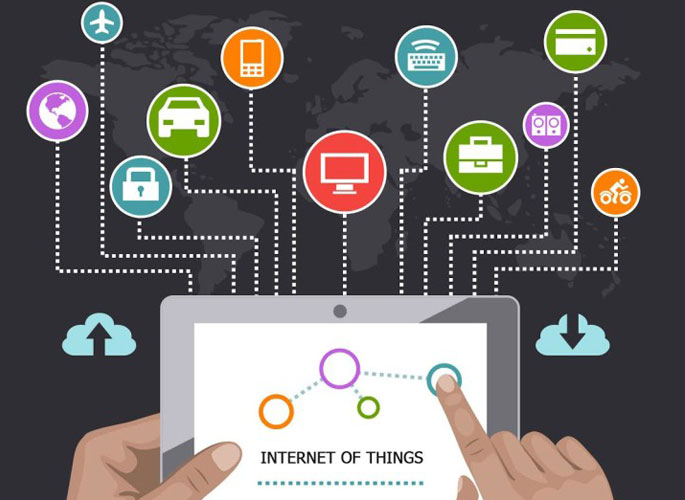PLM and the Internet of Things
We live in a world, where technology surrounds us in every aspect of our lives. Gone are the days where the internet is confined to a computer or a phone. Everyday devices are accessing the internet to communicate with the rest of the world. Day to day objects like vehicles, smart thermostats, health monitoring devices and security systems etc. These devices are fitted with various sensors, actuators and software to collect and transmit real-time data consistently.
What is the internet of things?
Our daily routine is scattered with devices which makes our life easier and smarter. There are innumerous devices with network connectivity, in this ‘digital age’.These embedded computing devices are entwined uniquely with the existing infrastructure and is called Interconnection / internet of things. It acts as a nervous system connecting anything with everything in the world. Every device has its own unique ID, which makes individual communication possible among them. Just like the internet is a collection of computers having unique identities in the form of IP addresses, Internet of things is a collection of physical objects which are connected and represented by a unique ID.This is called machine to machine Communication. By connecting physical devices over the internet, technologies such as sensors and actuators can connect to each other and communicate with utilities and their consumers without any human intervention.
Here is a TED video that explains what exactly IOT is.
How does IOT helps in product development and PLM?
1. More sophisticated service model:
Sensors provides the manufacturer with a data foundation to connect and communicate with products, providing direct feedback before reaching the consumer. This inturn results in quick response to service calls and helps better planning of service execution.
2. Focus groups will be a thing of past :
The requirement gathering process will be completely revamped, with direct feedback from the real world. Companies will be able to deliver superior products and welltargeted products. IOT will provide analytics in real time which gives the manufacturer the needs of a consumer, how it varies based on demographics, geography and culture.
3. Increased Savings:
With realtime monitoring of the product, the manufacturer will get data which will help cut costs, emissions and wastage. For example; if a valve is operating at 20% of its capacity, 99% of the time, the manufacturer may replace that valve because it is an overkill for that application and go for a cheaper one, which will decrease the cost and maintain the same efficiency.
With Google acquiring home automation startup Nest, the race for IOT dominance has increased exponentially. Big players like Microsoft and Cisco have already invested in it. Manufacturers like Philips and whirlpool have realized the importance of connected appliances and are very close to making it a standard in their product development cycle.

